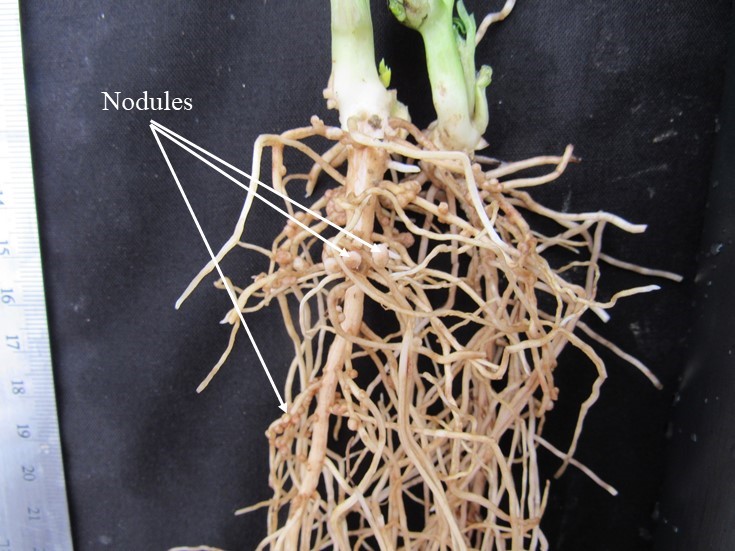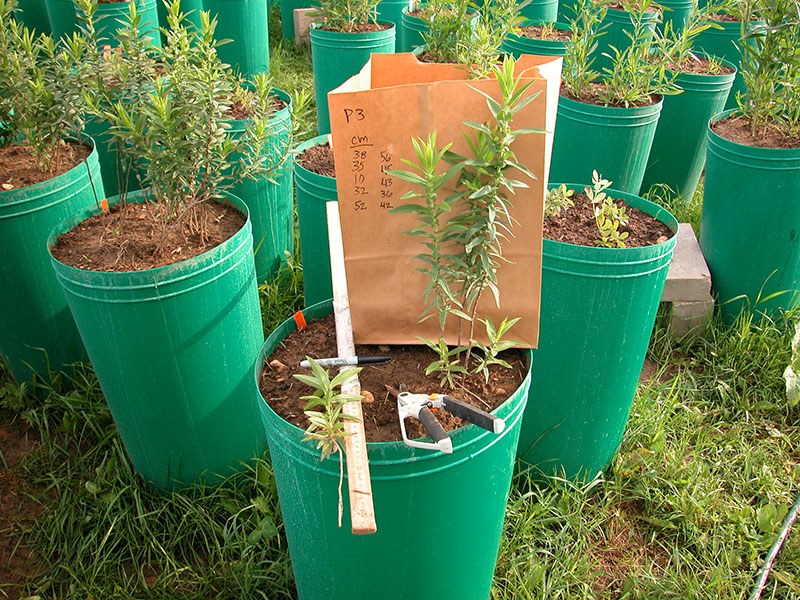Using a 26-year-old common garden forest, a multi-institutional team of researchers collected fine root samples from four temperate tree species (three deciduous and one coniferous) that varied in their morphology.
Tag: Roots
Tropical Plants Beat Drought by Interacting with Specific Microbes
Researchers from the University of Arizona and the Environmental Molecular Sciences Laboratory, a Department of Energy user facility, discovered that that plants can maintain specific microbe partnerships during times of drought, revealing a new level of resilience.
Roots of Bloody Mary
Regardless of how one says ‘tomato,’ they all contain tomatine, a toxin in the plant’s green fruit, leaves, and roots. Tomatoes produce the bitter-tasting compound — a major plant-specialized metabolite secreted from the roots — to defend against pathogens and foragers.
Submit proposal for research funding opportunity at EMSL, a Department of Energy scientific facility
The Environmental Molecular Sciences Laboratory (EMSL) is seeking biological and environmental science project proposals for the Fiscal Year 2024 Exploratory Research Call through 5 p.m. on Thursday, July 6.
Watching Plant Roots Grow in a Transparent Simulated Soil
The rhizosphere, the underground ecological zone between and around plant roots, is difficult to study. Scientists have now developed a rhizosphere-on-a-chip with a transparent simulated soil structure that allows researchers to view how roots grow over time through the pores in the soil. Paired with specialized mass spectrometry techniques, scientist can also use the rhizosphere-on-a-chip to map the location of root-exuded molecules, like amino acids, without hurting the plant.
Pea and lentils invest in root system development differently
Root systems have a major impact on crop yields in semi-arid areas
Between a rock and a hard place
Rocky soils pose challenges for crops, and new research aims to understand how their roots adapt

How do different root structures affect soil?
Root architecture, formation play key roles in modifying soil

Can the parts of plants we can see help predict the parts of them we can’t?
Aboveground traits can predict what certain species look like below the ground